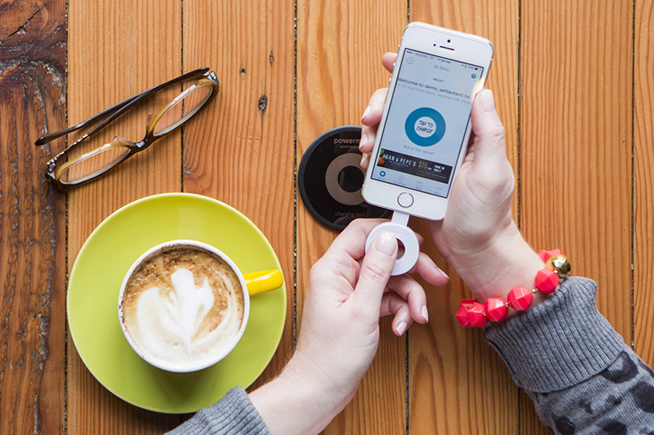In recent times, there has been more and more talk about wireless charging for high-end smartphones. But what is it, how does it work, and most importantly, does it really help?
Wireless charging is one of the latest and most coveted technologies for smartphone owners. Being able to place your phone on a mat or dock allows you to speed up and make the charging process easier.
The first detail to know is that in the wireless charging industry there are, at the moment, only two players in the game: the Wireless Power Consortium (WPC) and the Power Matters Alliance (PMA). The WPC is an open membership organization that manages standards, including Qi. It is widely used and available on a large number of models such as smartphones from Samsung, HTC, Nokia and Motorola. Qi uses magnetic induction to power a device that requires it to be physically placed on the charger. PMA also uses inductive charging and differs from Qi in the frequency used, as well as different connection protocols.
How Wireless Charging Works Wireless Charging
Qi wireless charging requires physical contact with the device and uses resonant inductive technology between the station and the device. When a smartphone, for example, is placed on a wireless charger, a "ping" is sent from the station to the device to see if the phone is enabled. The station then re-verifies the Qi standard to determine the supported power speed. Once these "formalities" are completed, the charger starts induction. Qi is already a rather old technology, but its strength is the universal charging modules that can be applied behind the battery of a phone to make it compatible with this standard. PMA uses the same inductive charging technology, albeit with a different frequency. Il Powermat, un caricatore senza fili molto diffuso, usa questa tecnologia per ricaricare i dispositivi.

Il Powermat, un caricatore senza fili molto diffuso, usa la tecnologia PMA (Power Matters Alliance) per ricaricare i dispositivi
Gli svantaggi dell’induzione
La scienza dietro l’induzione magnetica richiede che chi trasmette e chi riceve devono stare in stretto contatto tra loro in un range di distanza che va dai 45 mm ai 4 cm. E in questo processo, anche chi trasmette e chi riceve devono essere perfettamente allineati per la riuscita della ricarica. Quindi, ogni tanto, questo meccanismo può rivelarsi un vero e proprio fastidio.
Il range di prodotti si allarga
La tecnologia wireless non è nuova, ma ha ottenuto una grande popolarità con l’introduzione degli spazzolini da denti elettrici e i rasoi senza fili. Lo spettro dei prodotti wireless è, attualmente, molto più vasto rispetto al passato. È possibile trovare un po’ di tutto, dalle lampade da scrivania wireless così come dei tappetini di ricarica nelle auto Lexus NX. IKEA, leader mondiale dell’arredamento, vende delle lampade da tavolo dotate sia di ricarica wireless sia delle più tradizionali porte USB. Stranamente, nell’ambito dell’industria della telefonia, non sono molti i dispositivi che utilizzano questa tecnologia, ma tra i più importanti troviamo Samsung e Microsoft con i Lumia 1520 e 1020.
 Fonte foto: IKEA
Fonte foto: IKEA
Ecco la lampada da tavolo VARV di IKEA che offre la duplice opzione di ricarica wireless e tramite le tradizionali porte USB
La ricarica senza fili è sicura?
Visto che la ricarica senza fili emette radiazioni elettromagnetiche, si è molto parlato dei suoi potenziali effetti collaterali. Ma la buona notizia è che questa tipo di ricarica senza fili emette una quantità di radiazioni quasi nulla. E che, tra l’altro, sono ulteriormente ridotte perché schermati dalle bobine del dispositivo che trasmette e da quello che riceve.
Cosa ci riserva il futuro?
Negli ultimi tempi l’industria della tecnologia wireless si è notevolmente evoluta. Se prima, per ricaricare completamente un telefono servivano circa 3-4 ore, ora basta meno di un’ora. Lo standard Qi resta ancora il leader nel settore della ricarica wireless – con circa 900 prodotti compatibili – PMA / Airfuel le è alle costole. With the introduction of Powermat in some coffee shop chains, airports and phone providers like AT&T, the competition is getting interesting. And with the introduction of wireless charging in all models of the new Samsung Galaxy S8 - which supports both the Qi and PMA standards - the future becomes even more interesting. And if we add to that rumors that even Apple will soon introduce wireless charging for the iPhone 8, the question arises... which standard will it choose?
